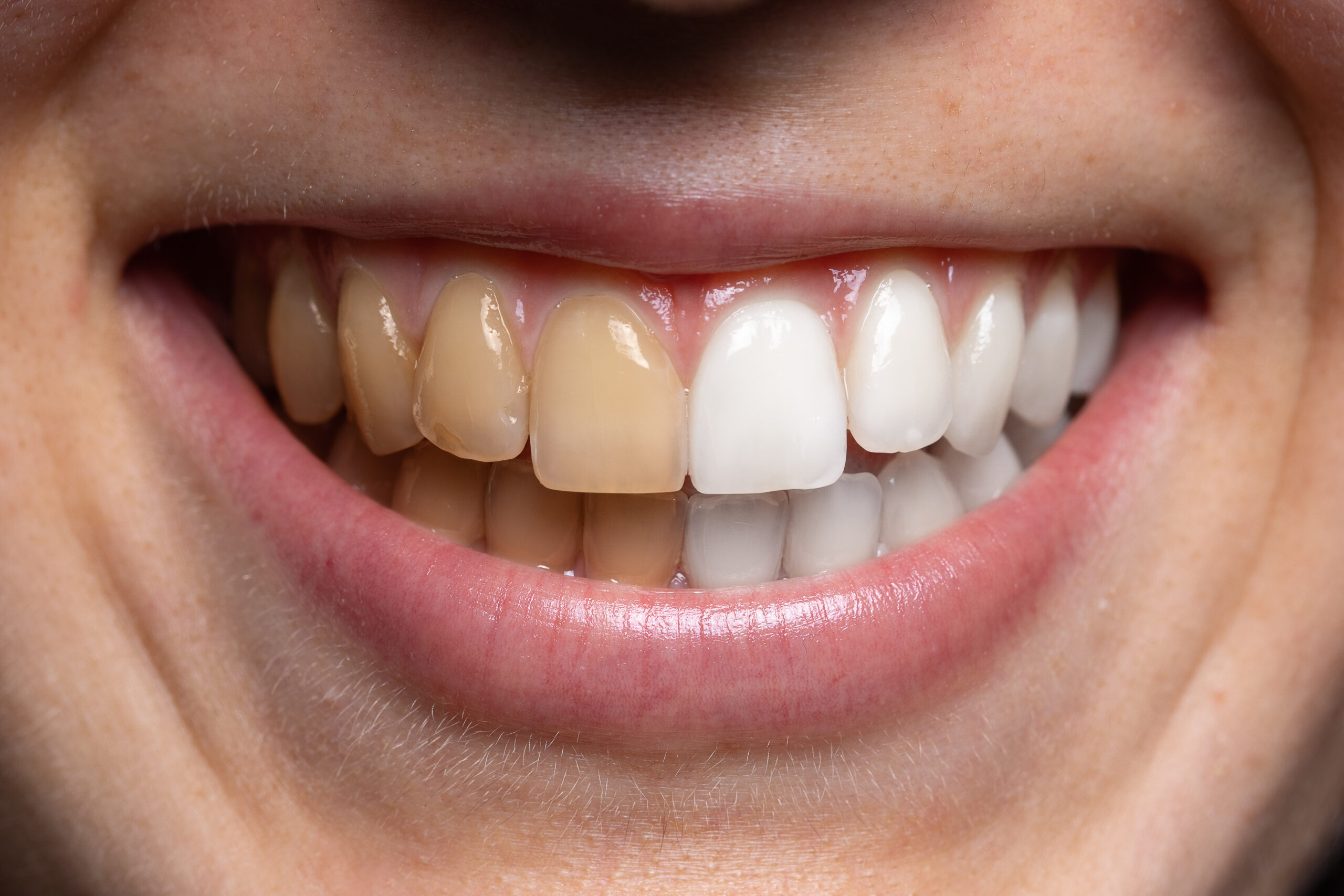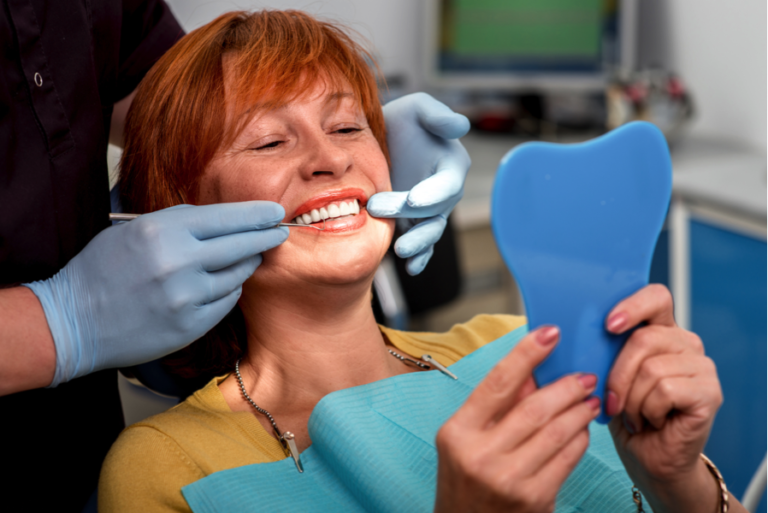

The presence of osteocalcin in the dental pulp indicates a tooth that is healing naturally, rather than one that cannot be healed. It’s released by odontoblasts and its primary function is to carry calcium into bone and teeth. Osteocalcin (OCN) is a glycoprotein present in dentin matrix. Release Vitamin K2 dependent proteins Osteocalcin Immune defense against bacterial invasion in dentin. They are similar to support cells in the brain and show that the brain may be monitoring the invasion status of your dentin. Each odontoblast has support cells called glial cells. A tooth’s natural healing response with an organic matrix requires communication between odontoblasts. Teeth can relay information to the brain. In response to tooth decay reaching the dentin, odontoblasts build an organic matrix into the dentin tubules as a defense mechanism. High resolution microscopy studies have showed how adaptive odontoblasts are. Odontoblasts are in charge of preventing bacterial infections from destroying the dentin and dental pulp.ĭentin can block up or calcify itself to prevent further invasion of bacteria into the dental pulp. Regulatory proteins (TOLLIP, TGF-β, and IL-10) that down-regulate inflammation to protect pulp.Inflammatory proteins (IL-1β, IL-1α, and TNF-α) that initiate inflammatory response.Protein messengers (chemokines) to recruit white blood cells.Antimicrobial proteins (β-defensins) to fight infection directly.Odontoblasts are actively participating in the recruitment of immune cells in response to caries–derived bacterial. They are capable of the two different types of immune response – innate or adaptive (immune regulated). Odontoblasts are well known to be the first line of defense against tooth-decay-causing bacteria entering dentin after enamel disruption. Preventing tooth decay through immune response And this is where the dental paradox begins.ġ. Your odontoblasts release proteins hungry for Vitamin K2. Image: Odontoblasts produce an immune response that prevent and tooth and remineralize teeth They sit in the dental pulp and project into the dentin tubules to monitor and respond to bacterial presence in the dental enamel. They create dentin, but also work throughout your life to manage your dentin and keep it healthy. Odontoblasts are osteoimmune cells that originate from bone marrow. The dentin has cells called odontoblasts that act like a swat team. However, unlike enamel, the dentin has live cells that monitor what’s happening in the mouth. These tubules extend to the dentin, where they’re called dentin tubules. Tooth enamel is a prism-like structure made of hollow tubes called enamel tubules. It’s a mineralized structure that is managed by your oral microbiome.

Tooth enamel doesn’t contain living cells. Preserving your tooth enamel should be one of your highest priorities for your dental health. When it comes to your dental health, prevention is always the goal. Vitamin K2 plays a key role in healthy tooth enamel and dentin immune response It originates from cells of the bone marrow that creates your teeth, bones and immune system. Here you have an inbuilt system, called the osteo-immune system. Tooth enamel (outside shell of your teeth) In this part of the Vitamin K2 series, we’re going find out why the standard decay prevention regime of brushing and flossing doesn’t always work.įirst, let’s look at the outside layers of your teeth. But no matter how much I told them to brush or floss, it didn’t always seem to prevent decay. Patients in my dental office presented with different risks of tooth decay. Part 2B: Can Vitamin K2 heal and remineralize cavities naturally?Įarly in my dental career, I noticed a health paradox in my dental patients.ĭuring dental training, I was taught that brushing and flossing were the ways to prevent decay. Prevent tooth decay, with this crucial fat-soluble vitamin today. Each of your teeth contain Vitamin K2 hungry immune cells.


 0 kommentar(er)
0 kommentar(er)
